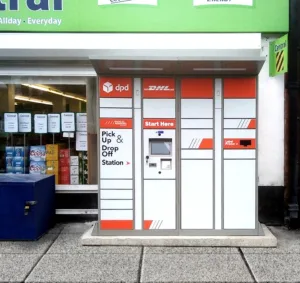by Stephanie Speight, Senior Consultant, MullenLowe
Sustainable buzzwords have become the norm, a la mode if you will, when thinking about or shopping for a new outfit. From ‘eco’ lines to ‘conscious’ collections, consumers have a lot to take in. Which means there’s also an exciting opportunity for brands taking things seriously.
In recent years, producing large volumes of low-cost clothing has been clearly linked to pollution and waste, not to mention unethical labour practices. In the UK, a handful of large fast fashion brands have emerged as taking steps to reduce their impact. But is anyone doing enough?
One of the key challenges facing the industry is a lack of regulation. Unlike food or pharmaceuticals, there are far fewer laws governing the production and sale of clothing. Despite how it might seem, many industries face the most pressure to be more sustainable from regulation or investors. But for fashion brands? Consumers and retailers have already woken up.
One US study from the Baker Retailing Center at the Wharton School of the University of Pennsylvania showed “a profound sustainability knowledge gap exists” between top retail executives and consumers. What’s more, this isn’t just about Gen Z; over a third of the UK are changing their behaviour, with £150 billion of retail spend controlled by mostly Gen X and millennial consumers who want to buy sustainable brands.
So how can a brand communicate on this undoubtedly complex topic? No one wants to be caught greenwashing, sure. But more importantly, just keeping silent also no longer an acceptable stance on climate change as we approach the very real, important environmental targets of 2030 and beyond. Even the crowds at London Fashion Week are listening to climate protestors at their events.
A recent and high-profile cautionary tale is that of Boohoo, when a 2020 Guardian investigation found evidence of poor working conditions and low wages in Boohoo’s factories in Leicester, UK. The consequences? Key retailers including Next, ASOS, and Zalando, stopped selling their products. The brand announced a series of measures in response, but consumers haven’t forgotten. Before starting to communicate around the environment, like by appointing a high-profile sustainability ambassador, it’s vital to first fully understand and address the impact of your brand, before thinking about moving to a proactive approach.
So what is the future? Small scale sellers of so-called ‘slow’ fashion are finding success, and second-hand is gaining appeal in a cost of living crisis, but challenges exist around size inclusivity, access and price. With high street retailers still posting profits; this business model doesn’t seem to be going anywhere just yet.
Some fashion brands have successfully made sustainability a priority. Stella McCartney, for example, has been a leader in sustainable fashion for over a decade. McCartney’s brand uses organic and recycled materials, and has implemented circular economy practices to reduce waste, and can then authentically use brand communications to spread the word.
Zalando, a German online fashion retailer, has set ambitious targets such as becoming carbon neutral in its own operations by 2025, and their “do.MORE” sustainability program includes efforts to reduce waste, promote circularity, and support fair labour practices, and there is an ambitious objective to have a net-positive impact on people and planet.
Something both of these brands don’t do as their core offer; put the onus of making sustainable choices onto the consumer.
While some progress has been made, fast fashion will always face the reality of contributing to overconsumption and waste, and systemic issues of low wages and poor working conditions are widely understood. Addressing this and reducing harm, followed by a shift towards having an active, positive impact that’s relevant to the brand, is not only possible, but it is the pathway to both environmental and commercial success.










